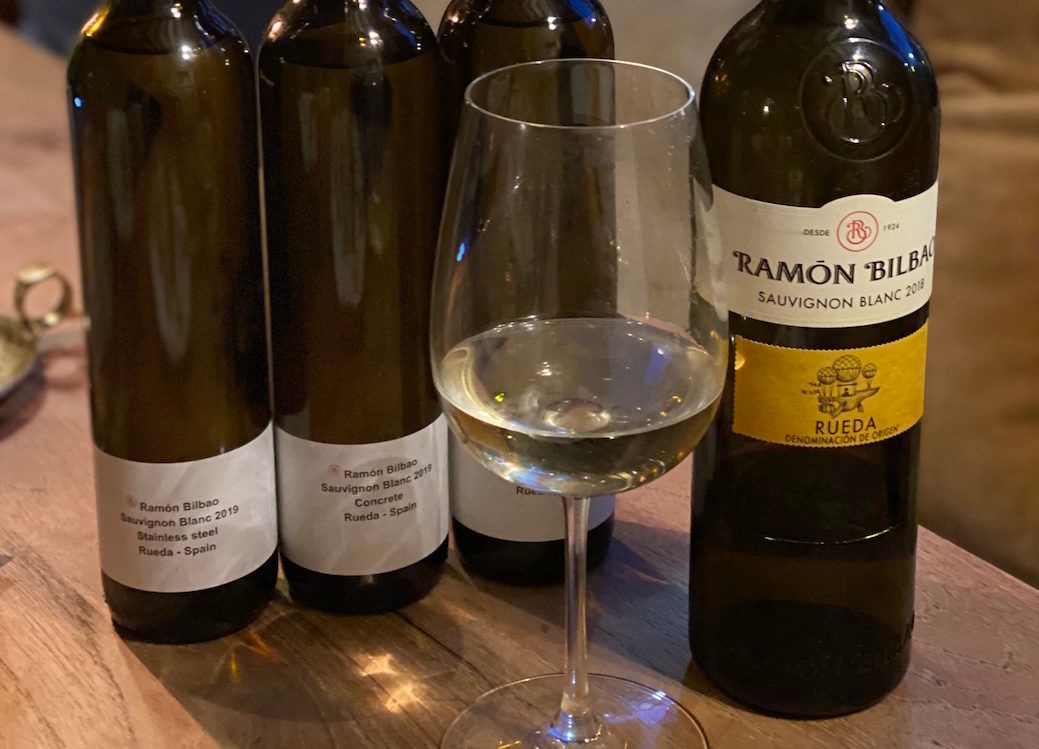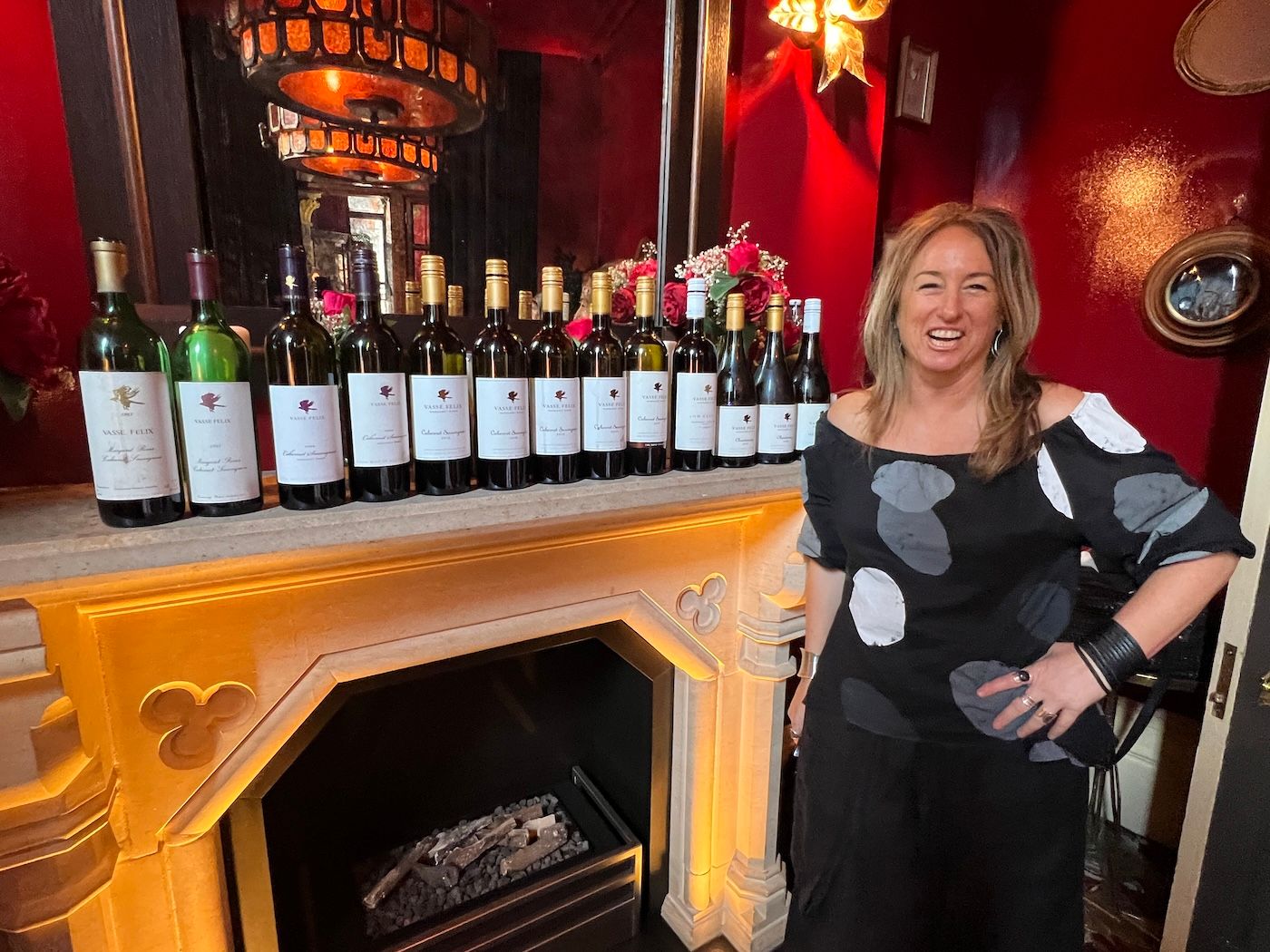“Ramón Bilbao Rueda Sauvignon Blanc 2018 is a halfway house between the leaner profile of Sancerre and the extravagant tropical character of Marlborough and would neatly appeal to fans of both styles,” writes Kermode.
You might be forgiven for asking whether the world needs more Sauvignon Blanc? The answer is almost certainly yes. We are lapping it up. The latest figures from the OIV (International Organisation of Vine and Wine) suggest there are more than 120,000 hectares of it, with plantings on the increase and the grape present in all of the world’s major wine regions. So perhaps it shouldn’t come as a surprise that it’s doing well in Spain.
As anyone who’s been in a busy (pre-lockdown) tapas bar will know, the Spanish love their reds. Historically, whites have played second fiddle, but that is slowly changing. I was in Barcelona earlier this year for its inaugural wine fair and I was wowed by so many of the wonderful whites, especially those from the surrounding Catalonia region.

A surprising number of Spain’s historic white varieties – certainly the ones grown extensively – can be ‘Cinderella’ grapes, from the unremarkable Airen, generally found in cheap table plonk, to the Palomino Fino that mostly goes straight into sherry, but the country also offers us some really distinctive white varieties, from the breezy Atlantic charm of Albariño to the electrifying acidity of Hondarribi Zuri and the other niche varieties used for Txakoli.
And then there’s Verdejo. Indigenous to the Rueda region, where it reigns over the plains of Castilla y Leon, it combines bright citrus, vibrant acidity, a bitter twist and an overwhelming sense of freshness, thanks to the 800m altitude that ensures a significant diurnal range in temperature. Once the wine of the Spanish Royal Court, it fell out of fashion after phylloxera before rising phoenix-like a few decades later. These days, Verdejo is Rueda, and vice versa, so what’s the deal with Sauvignon Blanc?
Enter Ramón Bilbao, one of Rioja’s bigger, more inventive producers, renowned not just for quality, but for its creative flourish. Wine director Rodolfo Bastida, a walking masterclass of a man, set his sights on Rueda a decade ago, initially in a joint venture, to add Verdejo to the portfolio. It was deemed to be a success, so the company splashed out on a swish purpose-built winery at La Finca Las Amedias, with new plantings of Verdejo and, eyeing the latest market trends, Sauvignon Blanc.
The aim was two-fold: to produce a single varietal wine, but also to use small quantities of the Sauvignon in the final blend of the Verdejo, primarily for its aromatic appeal.

Winemaker Sara Bañuelos who makes the Rueda Sauvignon Blanc for Ramón Bilbao
At the helm of all that investment, winemaker Sara Bañuelos, whom Bastida has given licence to thrill, encouraging a restless approach. Night harvesting has been introduced, to preserve acidity and freshness in the grapes, there are pea and potato ‘fining’ agents, to clarify the wines and make them suitable for vegans, and the company has invested in a three-piece-suite of different ageing vessels to explore their effects.
Ordinarily, Ramón Bilbao might fly us there to show off the fruits of her experiments, but the coronavirus put paid to that, so Bañuelos brought the experimentation with Sauvignon Blanc to our homes instead, via Zoom and some sample bottles.
Explaining that she has been working to assess the impact on aromatics, texture and longevity, she sent us the completed wine (2018) and its three component parts from the latest vintage (2019), fermented in stainless steel, tulip-shaped concrete and oak foudre.
Tasting the three component elements, the stainless steel option offered the most powerful aromatic profile, with tropical fruits leaping from the glass, the acidity striking; the concrete sample felt more muted aromatically, with a broader texture; the foudre version offered slightly plumper citrus and stone fruit. A revealing exercise, the differences were certainly nuanced, but still significant.
Of course, I played around afterwards, doing my own blending, but I am not at all surprised to report that the winemaker does a much better job, with her ‘recipe’ of equal thirds. Interestingly, her completed 2018 (the one currently on sale) tasted much better than my finished 2019, using exactly the same proportions. This could be vintage variation, or just the benefit of a little maturity (or it could be that you’re not a winemaker David? – Ed.)

Bañuelos described the resulting Sauvignon Blanc as somewhere between the leaner profile of Sancerre and the extravagant tropical character of Marlborough. Ramón Bilbao Rueda Sauvignon Blanc 2018 is absolutely a halfway house between the two styles, with expressive passionfruit and lychee combining with a more savoury herbal undercurrent, juicy, mouth-puckering acidity and plush layers of texture from those different ageing vessels. In fact, I think it would neatly appeal to fans of both styles.
Sauvignon Blanc clearly has a bright future in Rueda, Ramón Bilbao continues to invest heavily to bring the punters what they want, and don’t be surprised if the next innovation isn’t a switch to organic as they are halfway there already, with the warm, dry conditions and strong winds making it an obvious option. Already, nest boxes are being installed to let birds of prey take over the pest control.









































